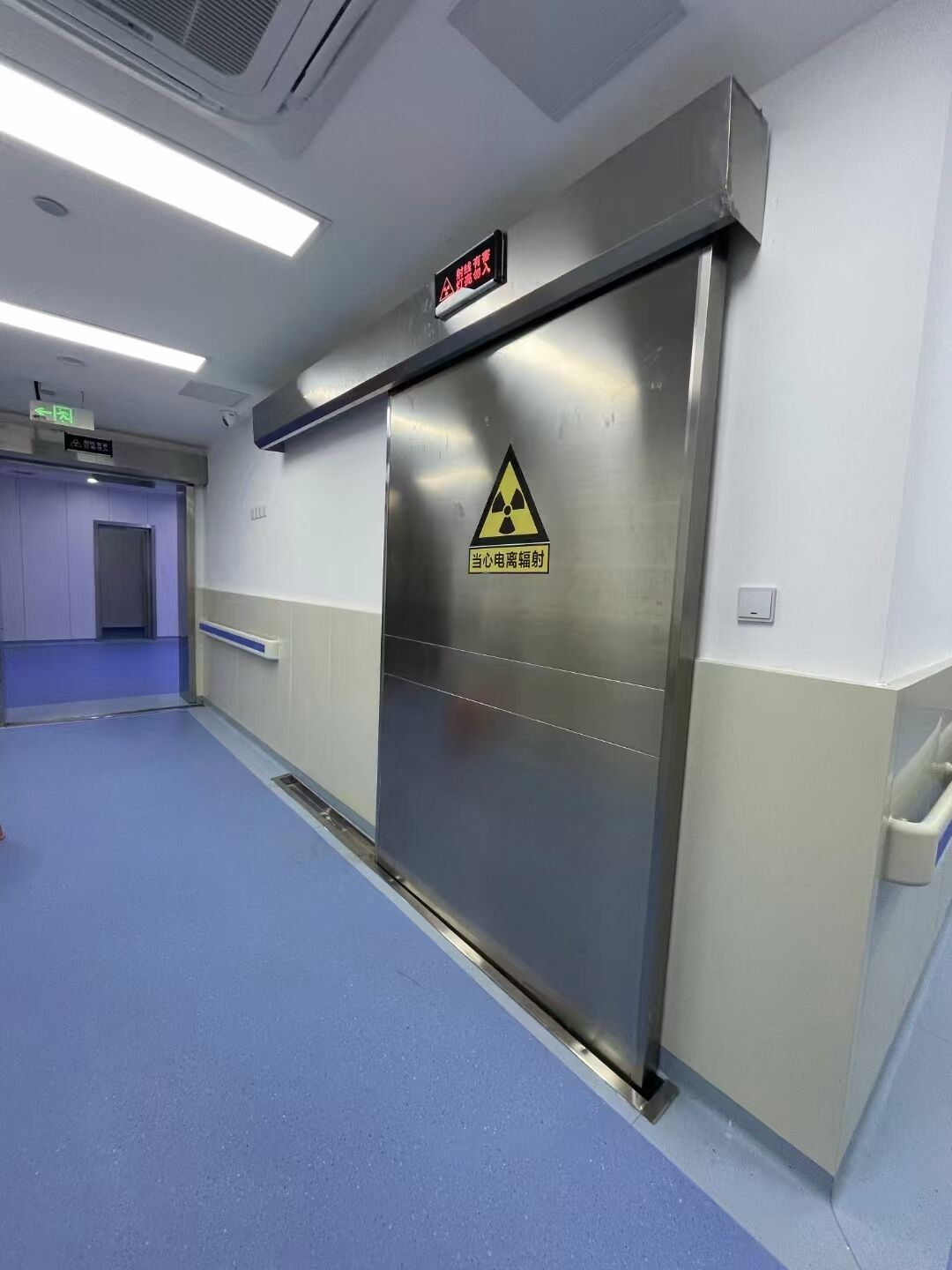
For both commercial and residential properties, disaster preparedness is a top priority. Natural disasters like hurricanes and earthquakes and fires, and security breaches due to human-making are the cause of the need for protection in buildings in place. The right protection must be there to ensure that the lives of building occupants are safe and the property is not damaged. Protective doors are an indispensable component of creating disaster resilience, as they provide a solid barrier against the many and varied threats and hazards that could arise. The essay is devoted to the issues of making disaster resilience occur due to protective doors rather than of the conventional kinds provided to the buildings directly which also means the safety, use of such structures, etc. we explore how protective doors enhance disaster resilience and contribute to overall safety, ensuring that buildings remain secure and functional in times of crisis.
Among the primary drivers of disaster impacts are protective doors whose primary task is to eliminate, reduce or isolate these sources of hazards (Na et al., 2018). The doors that form the first level of protection for all buildings are basic building components, but they also represent the last line of defense. Whether it is the objective of serving as a passage for the thermal flow of a fire or the purpose of maintaining the comfort and health of the buildings' occupants, the same doors should be adapted to the door's performance level in any economically rational approach that might be chosen. Moreover, the opening and closing of doors are often nonuniform, and the irregularities that cause additional heat, smoke, and eventually fire to leak to/through other floors should not be overlooked.
The various types of protective doors are made to fit certain disaster ultimatums. For every disaster type, these doors are manufactured with all the needed strength to provide a comprehensive safe building. Below are the types of protective doors normally used for disaster resilience:
Disaster-resilient buildings will be more and more in demand as the threats of climate change, security, and other risks are getting transformed. Defensive doors futuristic direction will be needed much more than now, and they will provide an opportunity to offer the required protection against the most diverse attacks. The doors based on the newest technology and materials are the ones that will be advancing and continue to meet a new range of threats with better safety and resilience. Utility and comfort are provided by fire-resistant, impact-resistant, and security doors, which are the most suitable types of protective doors for both residential and commercial buildings to front up any natural and human-caused disasters that might occur.

Copyright © Liaocheng Fuxunlai Trading Co., Ltd - Privacy policy